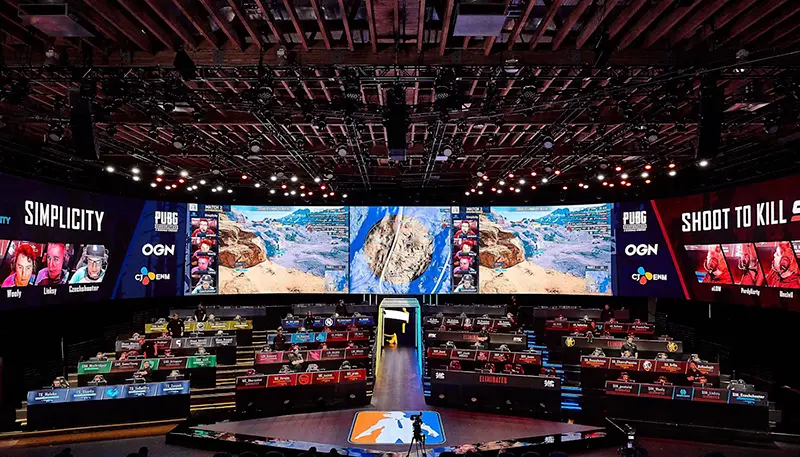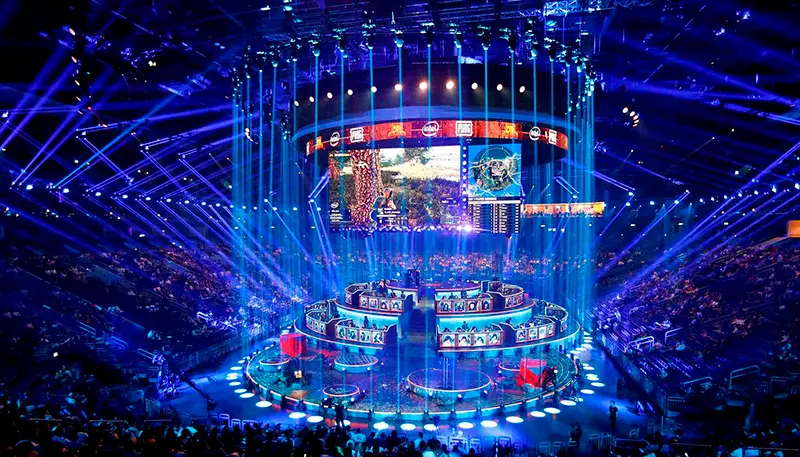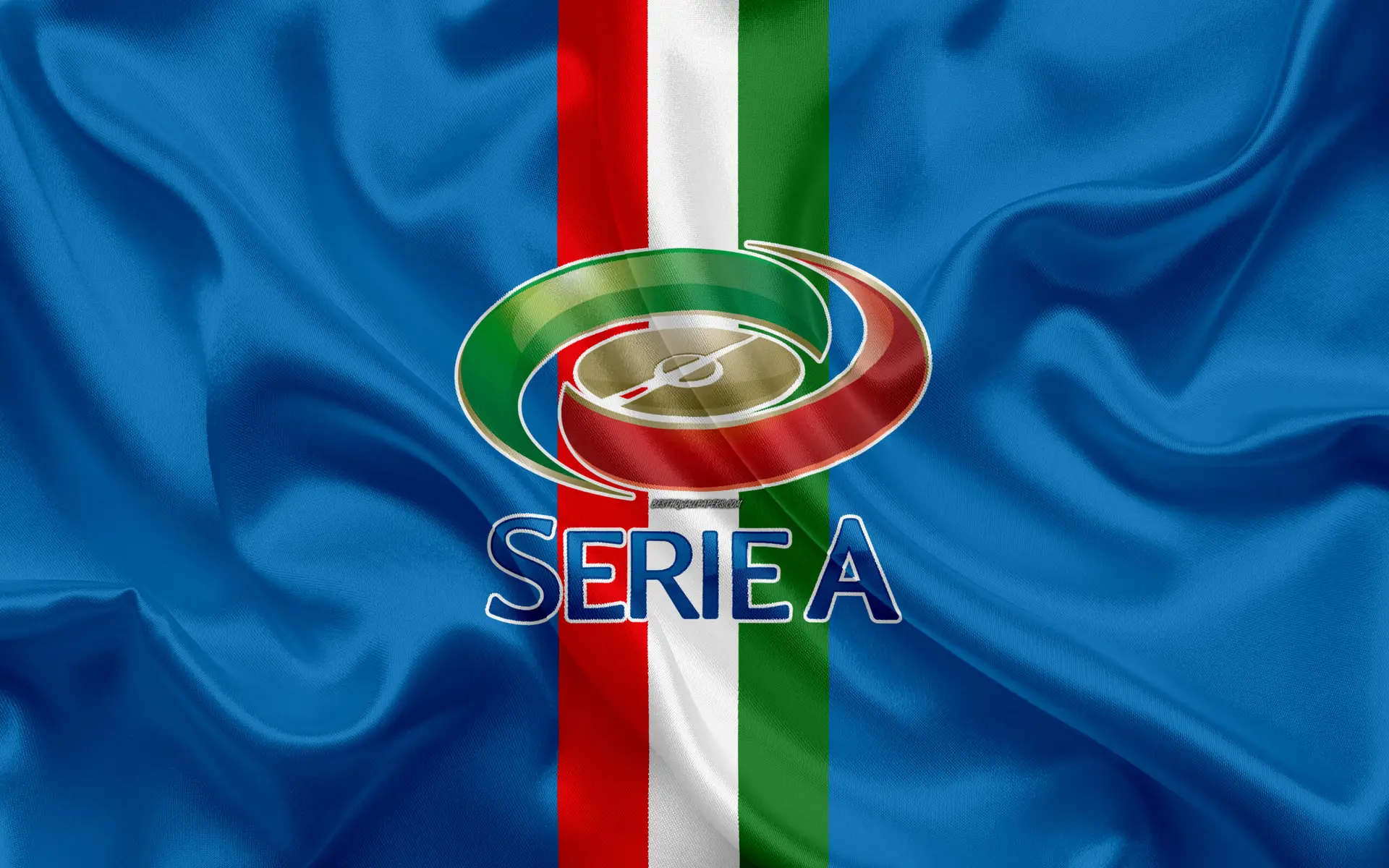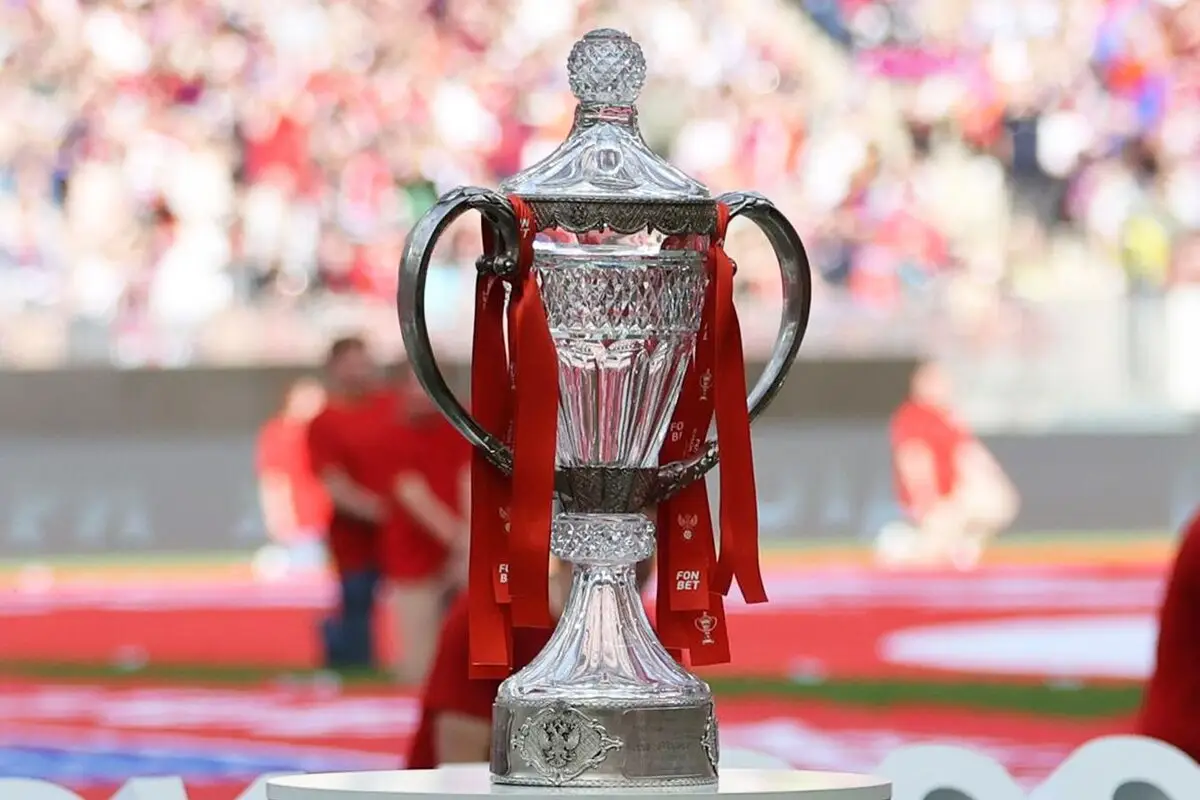The upcoming PUBG Mobile Global Open 2025 tournament will be a key event in the world of eSports. It will bring together the best cyber athletes ready to compete for an impressive prize pool. Each team will go through a difficult selection process to prove their skills and earn a place in PABG history. Last season’s champion won the title and received a significant monetary reward. But the question remains whether anyone will be able to repeat his success.
The scale of the tournament is staggering: teams from all over the world take part, and the broadcasts will attract millions of viewers. Each match is a true test of stamina and strategy, where only the best will win. The tournament will offer new formats, exciting moments and unexpected twists and turns that will change the balance of power. The article details the schedule, participants, venue, qualifications and prize pool.
Why PUBG Mobile Global has become a cybersport discipline
Since its release, PUBG has become a phenomenon that has changed the cybersports industry. Its popularity is due to its unique mechanics, balanced gameplay and highly dynamic battles. Each battle is a combination of strategy, tactics and the ability to quickly adapt to the situation.

The development of PABG as a cybersport discipline began with the first unofficial tournaments where the strongest players competed. High spectator interest, growing number of participants and a professional approach to organisation made the game an ideal platform for cyber sportsmen. The application of individual skills, coordination within a team, learning maps and opponents have become important elements of cyber sports competitions.
The introduction of official tournaments, significant prize money and developer support helped the game to establish itself as one of the leading disciplines. Today, PUBG Mobile Global continues to evolve, offering new competition formats and attracting eSports organisations from around the world
PUBG Mobile Global Open 2025 schedule – what, where and when
 The tournament includes several key stages, from regional qualifications to the grand final where the new PABG champion will be determined. Important periods:
The tournament includes several key stages, from regional qualifications to the grand final where the new PABG champion will be determined. Important periods:
- Regional Qualifications – start at the beginning of the year and last several months.
- Group Stage – the middle of the year, teams fight for a place in the finals.
- Grand Final – the main battle of the best cyber athletes, scheduled for the end of the year.
The qualifying stages use a double elimination system, giving teams a second chance in case of defeat. The group stage uses a round-robin system, providing equal opportunities for all participants. The final stage is organised in BO5 format, where every match can be decisive. Information on dates and broadcasts should be monitored on the tournament’s official resources.
PUBG Mobile Global Open 2025 promises to be spectacular, bringing together the best eSports players from around the world. Exciting confrontations, unexpected tactics and tense matches will make the tournament unforgettable.
PMGO 2025 Qualifiers – who will make it to the elite level
The road to the PUBG Mobile Global Open 2025 begins with tough qualifying stages. Teams from different regions fight for a chance to make it to the main stage of the tournament. The selection format includes three stages:
- Open Qualifications – anyone can register and try out.
- Regional playoffs – the best teams advance to the next stage.
- Final Qualifier – determines the participants of the group stage of the PUBG Mobile Global Open 2025.
The competition is incredibly high, as cyber athletes have been honing their skills for years. Last season, the winners were the teams that demonstrated excellent tactical preparation and the ability to adapt to different game situations. Everyone has a chance, but only the strongest will succeed. Passing this stage means proving your right to participate in the biggest PUBG tournament.
PUBG Mobile Global Open 2025 participants – who’s on top?
The tournament will bring together the strongest teams in the world. Among the favourites, there are already several teams that have proven themselves in previous seasons. Some of them are regional league champions, while others are rising stars ready to explode the cybersports scene.

The competition is expected to be fierce this season, as many of the squads have been revamped and new tactics can change the way the game is played. Each team has its own strategy, style of play and strengths, which makes the upcoming battles even more unpredictable.
Winning PUBG will not only bring prestige and financial rewards, but will also etch the champion’s name in the history of cybersport forever.
Where will the PUBG Mobile Global Open 2025 be held?
The location of the championship is one of the most debated issues among cybersports fans. The tournament will be hosted by a large arena that can accommodate thousands of spectators. It will be held in Uzbekistan, in the city of Tashkent. The final games will take place at the Renaissance Hall. The atmosphere promises to be incredible: light shows, interactive areas and broadcast screens will allow fans to immerse themselves in the world of PABG.
Last year’s tournaments showed a high level of organisation, and more innovations are expected this season. VR experience zones are provided for spectators, where they can feel themselves at the centre of the action. The location will be an important element of the show, adding to the experience of world-class matches.
Conclusion
 PUBG Mobile Global Open 2025 is the main event of the eSports season. We expect colourful matches, unexpected tactical solutions and new champions. The tournament will be not just a battle for the title, but also an indicator of the level of development of the PABG. The main intrigue is who will win the main prize and write their name in history.
PUBG Mobile Global Open 2025 is the main event of the eSports season. We expect colourful matches, unexpected tactical solutions and new champions. The tournament will be not just a battle for the title, but also an indicator of the level of development of the PABG. The main intrigue is who will win the main prize and write their name in history.
 en
en  ru
ru  de
de  ar
ar  es
es  nl
nl  hi
hi  fr
fr  it
it  pt
pt  el
el 












